Watching the movie Animal was unsettling to say the least. However, what was more surprising was the kind of response the movie received from cinemagoers across India. At last count, the movie has grossed over INR 600 Cr. at the India Box Office alone. It’s a bonafide blockbuster.
To decode this phenomenon, we reached out to one person who is best poised to address this.
Diptakirti Chaudhuri is a marketer with over 2 decades of experience in marketing and sales. He has held marketing leadership positions at both heritage brands as well as startups like Bajaj Auto, Manipal Global, Holiday IQ and HT media.
A self-confessed fan of everything Bollywood and a published author on the topic, in his recent stint leading the business charter at Vinod Chopra Films, he has worked on promoting ‘12th Fail’ – the sleeper hit of the year.
Over to Diptakirti on his take on what unleashed the Animal…
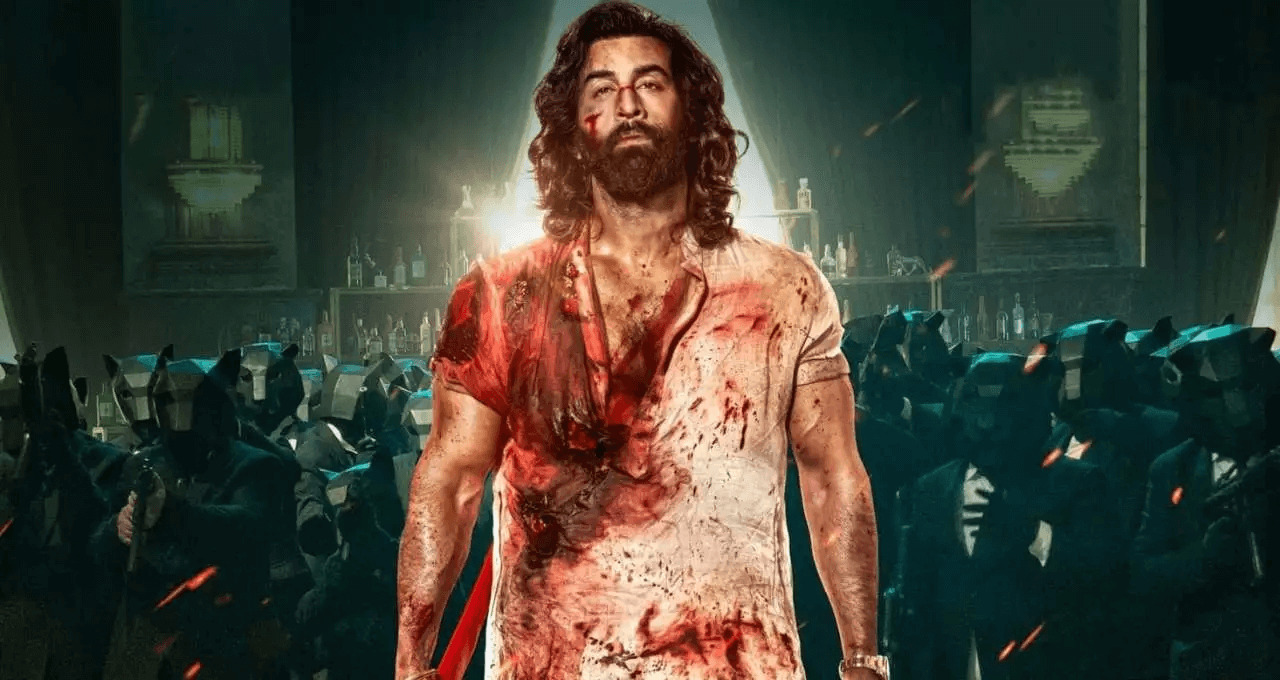
I won’t waste time by recapping the form and content of Animal, one of the biggest hits in a blockbuster-filled year. It is easily the most-discussed film of recent times, having reached that enviable level of show business – Love-Or-Hate-But-Cannot-Ignore. The attempt is to try and piece together the reasons behind the tremendous consumer response to the film.
#1 Advance Excitement
The excitement for Animal reflected in the advance booking. At the multiplex chains, Animal had an advance booking of 4.56L tickets[¹], just behind two Shah Rukh Khan starrers (Jawan and Pathaan) and two highly anticipated sequels (Baahubali 2 and KGF 2). Instead of these films – which boasted of India’s biggest star or a franchise – Animal’s advance booking should be compared to Tu Jhoothi Main Makkaar – a romantic comedy released earlier in 2023.
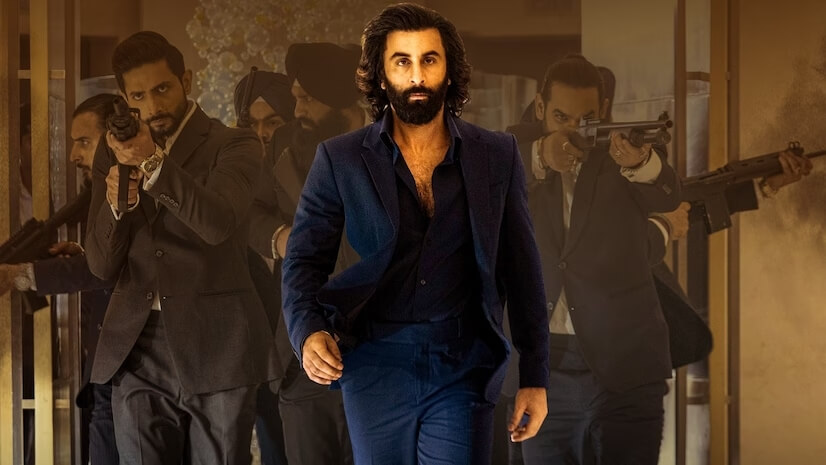
TJMM also starred Ranbir Kapoor, a female lead of comparable popularity (Shraddha Kapoor vs Rashmika Mandana)[²] and – I would have naively surmised – a director of comparable credentials[³] as Animal. But TJMM sold just 73,000 advance tickets – less than one-sixth of Animal. Ranbir Kapoor’s 2022 superhit, Brahmastra – with the fabled Dharma marketing muscle- sold about 3L advance tickets.
Clearly, the content and the team behind Animal added something special that was apparent to the audience well before the release. And the charms of a love story or a potential Indian superhero franchise paled in front of a deadly cocktail of blood, gore, guns, and alpha-male victimhood – brought out very cleverly through the film’s marketing campaign.
#2 Marketing the Animal
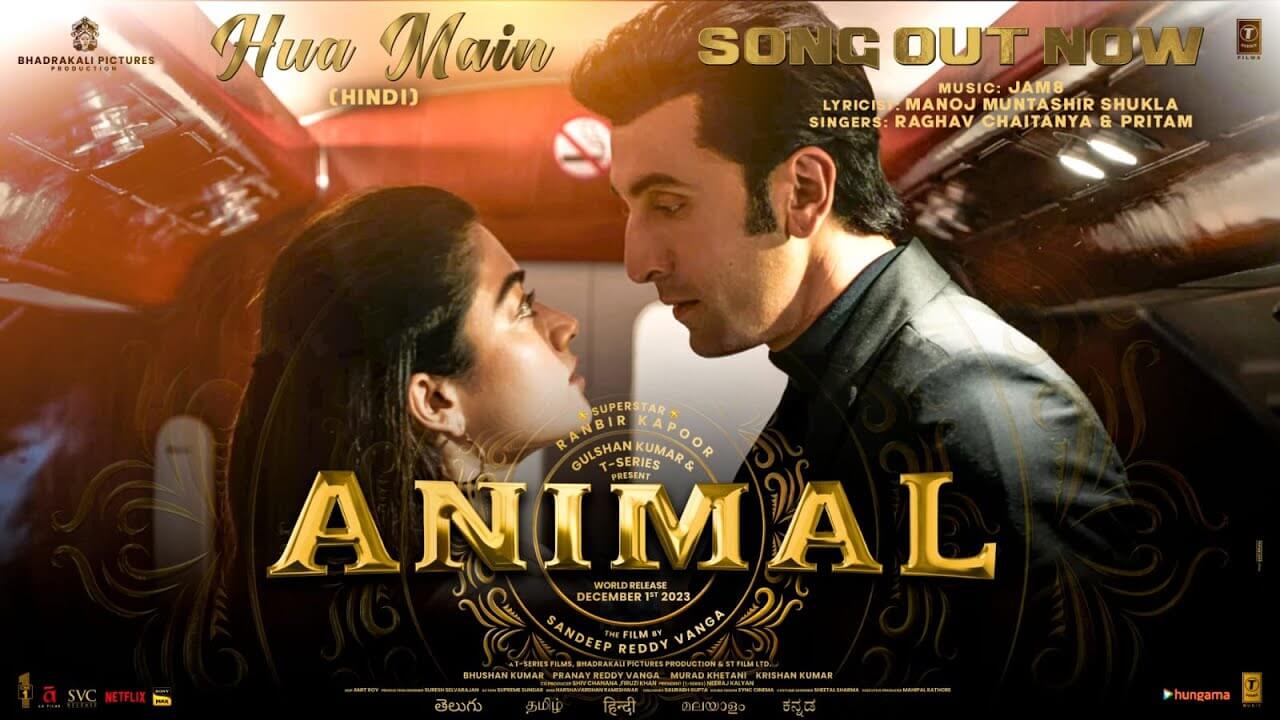
Media & entertainment insights firm, Ormax Media reported that the trailer of Animal was an exceptionally strong piece of communication that managed to increase the film’s appeal by 22% immediately after its launch. This is in sharp contrast to other major releases of 2023, where the trailer was only able to sustain the film’s appeal[⁴]. The trailer was marked by the use of chart-topping music and gory violence. The context for the gore was set earlier in the promotion cycle, though.
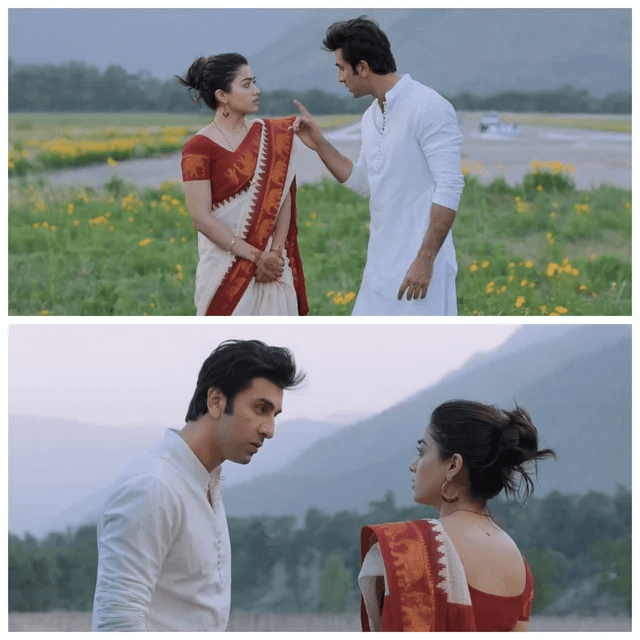
With the trailer and the teasers, the film had managed to establish a vibe very similar to the director’s previous films – Arjun Reddy and its Hindi remake, Kabir Singh – where dysfunctional, violent misogynists held beautiful women in their thrall, often without reason but with a certain element of animal (pun not intended) magnetism.
And this is where the X-factor of the director – Sandeep Reddy Vanga – comes into play.
#3 The Franchise called Sandeep Reddy Vanga
I would argue the marketing for Animal started in July 2019, when Vanga gave an interview to film critic, Anupama Chopra, after the massive success of Kabir Singh. Responding to Chopra’s wish for his next film to generate less criticism, Vanga said, “These guys are calling this a violent film. I will show them what a violent film is.”
In a way, Animal was the third instalment of the ‘franchise’ that Vanga built with Arjun Reddy (2017) and Kabir Singh (2019). His vociferous fans have put out several videos analysing his craft and the ‘unfair’ criticism he is subjected to. Vanga has an image of a creative genius who is being ‘victimised’ for showing naked emotions by the film media, who completely ignore his arresting craft.

Vanga has developed an interesting strategy of giving provocative, post-release interviews attacking the critics who have panned the film. This is both clickbait (for curious bystanders) and totem (for fanboys). Pre-release, his unabashed and unfiltered views carry the risk of outrage and blowback on the film. Post-release, they are like the homecoming of a triumphant king – also fueling residual ticket sales through excitement in the promotional slipstream (not to mention coalescing the fanbase further).
#4 ‘Own the Libs’
Film critic Baradwaj Rangan mentions in his review of Animal, “[Vanga] puts out moments that other directors may be too embarrassed to show that they even think of, even for fictional purposes.” Discussing undergarments in graphic detail, forcing a woman to lick his shoe, walking stark naked around his mansion, initiating sex in full view of his domestic help, torturing his wife with her bra straps, threatening to shoot a woman in labour, are some of the actions the film’s ‘hero’ has undertaken. And they have a distinct
‘Let-Me-Shock-The-Hell-Out-Of-Those-Who-Got-Offended-by-Kabir-Singh’ feel to them.
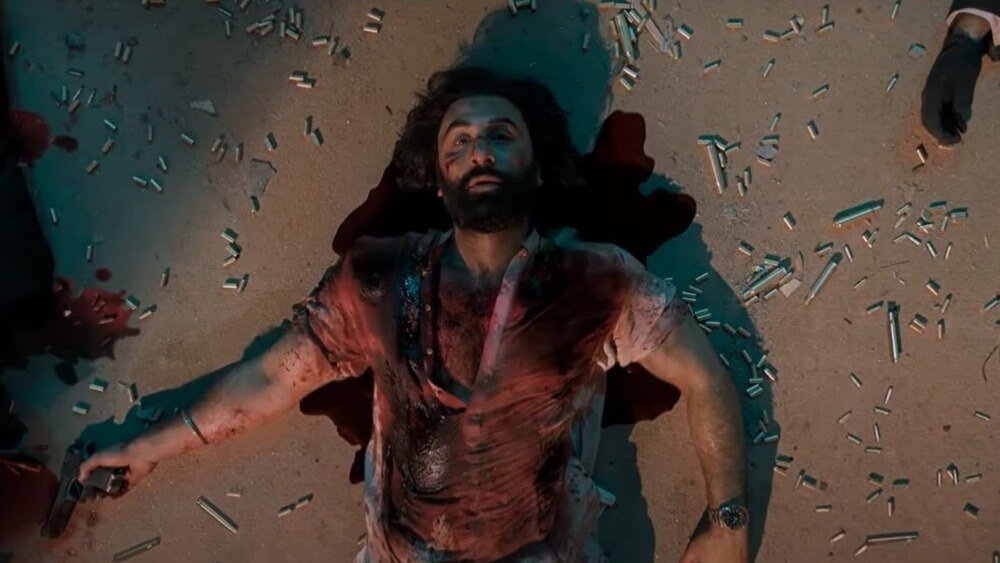
Since the mid-2010s, ‘own the libs’ has been an often-used political strategy of the Republican Party. Politico.com[⁵] calls it “a spirit of rebellion against what people see as liberals who are overly sensitive, or are capable of being triggered, or hypocritical”. Ex-President Donald Trump was a master at ‘owning the libs’, and many of his assertions (or actions) were celebrated simply because they sent the liberals/Democrats in a tizzy, even if they didn’t yield any value. In India, several Right-wing supporters have publicly expressed pride in bursting firecrackers in already-polluted cities because it upsets the Left/liberal side of the spectrum. That seems to be what Vanga has tried to do as well.
At least a part of the offending elements of Animal fall into this category, and there are too many to be accidental. This movie is a silent call of rebellion for all those viewers tired of conforming to societal rules.
#5 The Strong Victim
So who are these rebels?
Marketing guru and social commentator Santosh Desai calls Animal’s rage to be an “anger of the strong”. He also says that men – always and still on top of the societal food chain in India – have started to resent the increase in women’s ability to exercise greater power and there is a “desire to put women back in their place”. Thus, the hyper-masculine depictions of Animal are welcomed as a refuge from the perception of the eroding power of men. Animal celebrates the ‘alpha male’ (in literal terms) and deifies him as a superman who takes revenge for his father, decimates his enemies with gigantic guns, satisfies his wife, extends his bloodline, and has an affair. The hero is a James-Bond-meets-Chengiz-Khan, who the audience seems to have loved as someone they want to be when they grow up.
The success of Animal stems from the writer-director’s ability to create a character who is all-powerful and is yet a victim, thus identifying with the masses.
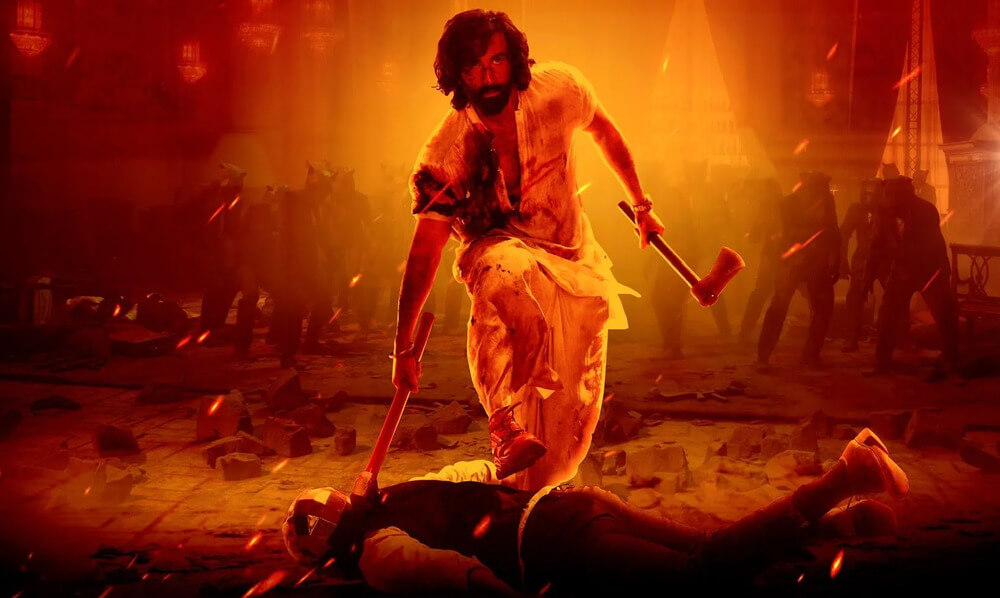
#6 The Social Media Juggernaut
Of course, the masses have to be informed and excited. And it would be unfair to assign the entire success of Animal to the creation of a seductive monster. The film did a phenomenal job of creating an attractive vehicle and taking it to the public.
The heavy promotion and widespread release (5000 domestic screens) even led to unsuspecting people walking in, getting shocked and leaving at the interval. (These also count towards the box-office revenue, of course!)
But more importantly, the film’s ‘promotable’ assets – the music – was leveraged amazingly well. (The action, dialogues etc. were obviously not promotable, for spoilers.) Earlier this year, Shah Rukh Khan’s Pathaan started a trend where fans were encouraged to dance to the film’s hit title song. It became viral and at current count, 1.6M Reels have been made using that song. This pales in front of Animal.
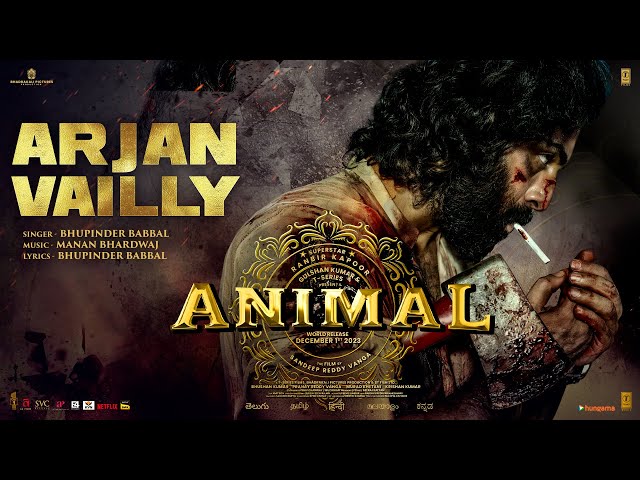
The trailer’s main music track – Arjan Vailly – became an instant sensation and has spawned 2.3M Reels till date. That the film is produced by T-Series, owner of the world’s largest YouTube channel, is key to this explosion. And leveraging their massive reach, T-Series was able to seed and expand other music tracks as the film ran and audiences discovered their favourites. With Bobby Deol’s enigmatic villain becoming a highlight, his entry song was seeded and at last count, an eye-popping 4.1M Reels have been made with ‘Abrar’s Entry Music’ (and dancing with a glass balanced on the head is a thing at parties now!)
These phenomenal numbers are obviously partly seeded, with some paid influencers kicking off the trend and then others catching on, but it also shows a keen understanding of how curiosity – negative or positive – can be orchestrated around a film and highlights of the film can be converted into organic publicity material.
Given the expensive nature of film-watching in India, audiences depend on a mix of FOMO, personalised recommendations, and easy availability to choose a film. A film like Animal proves critic reviews are almost redundant when you are bombarded by the best form of movie promotion – your social media friends dancing joyously to a hit number from a film.
Conclusion
So how expensive is movie watching in India? Animal had a weighted average ticket price of INR 206[⁶] – with higher prices in North India and capped prices in AP, TG and TN. This is borne out by the fact that only about 12 crore people in India[⁷] watched at least one movie in the theatres in 2022. This is less than 10% of the population, skewed pretty heavily towards the higher end of the income spectrum. To be in the top 10% of India, the earning level needs to be in the range of Rs 25,000 per month.
To allow for passionate cinema goers who are ready to spend a larger part of the income on blockbusters, we can relax the income levels of most cinemagoers to a minimum of Rs 15,000. This income range covers a very wide swathe of blue collar workers, and entry- or lower-level white collar workers. Many of them are frustrated by shrinking jobs and salaries, advice to work 70-hour-weeks, precarious net worth (made worse by short-term loans), very limited social interactions with the opposite gender, and generally a very repressed life.
For this group, Animal presents a very seductive picture – of a rich, handsome, devil-may-care man who has an army of strongmen and beautiful women at his beck and call. In a world limited by dos and don’ts, here is a fantasy hero whom the privileged call misogynistic, ultra-violent, and a spoilt brat. Watching Animal is like cocking a snook at them and forgetting the world in a haze of blood and gore for 201 minutes.
Will Animal instigate further incidents of domestic violence? I don’t think so. I tend to agree with Javed Akhtar, who says cinema doesn’t impact society as much as society impacts cinema. Which is far more worrying, because the animal probably released outside well before the theatres.
Leverage the power of top marketing talent
WinnerBrands helps organizations hire top marketing talent.
Be it performance marketing experts, content specialists, creative directors, designers, video editors or brand managers, we can help you find the right marketing talent to unlock your brand’s potential.
Run by marketers for the marketers, we are already a preferred marketing talent partner for both established conglomerates and agile startups.
WinnerBrands can serve as the one-stop solution for all your marketing talent hires, offering you complete flexibility to engage this talent in your preferred engagement format-
- Full-time (on your payroll)
- Contractual (on our payroll)
- Or on a freelancing basis.
So, if you are looking to onboard the best marketing talent, vetted by industry experts, in the shortest possible time, then WinnerBrands is your go-to place.
Talk to our founders and explore smarter ways to hire marketing talent by dialling +91 9778075884
or by scheduling a virtual meeting by clicking here
[¹] Source: https://www.bollywoodhungama.com/all-time-top-advance-booking/
[²] Given that Shraddha’s Instagram follower count (85M) is double that of Rashmika’s (41M), it is tempting to call her the more popular star.
[³] Luv Ranjan has directed 5 films, while Sandeep Reddy Vanga has directed 3 films though the latter has a much better hit rate and box-office revenue.
[⁴] Source: https://www.ormaxmedia.com/insights/stories/case-study-box-office-impact-of-an-effective-trailer.html
[⁵] Source: https://www.politico.com/news/magazine/2021/03/21/owning-the-libs-history-trump-politics-pop-culture-477203
[⁶] Source: https://www.bollywoodhungama.com/box-office-collections/average-ticket-price/
[⁷] Source: https://www.thehindubusinessline.com/news/variety/indias-movie-going-audience-pegged-at-122-cr-down -16-from-pre-pandemic-times/article66507529.ece
